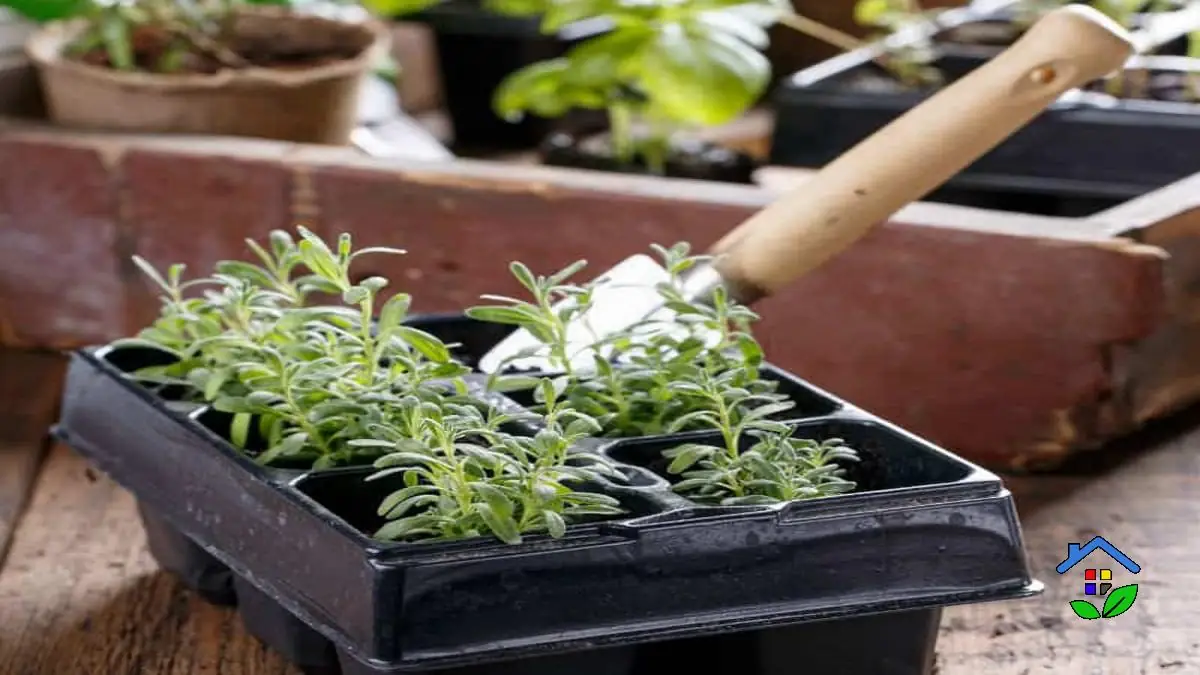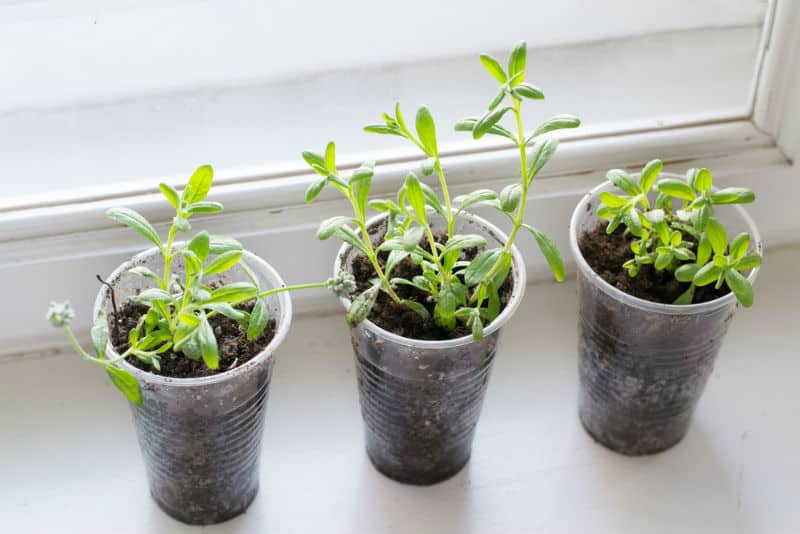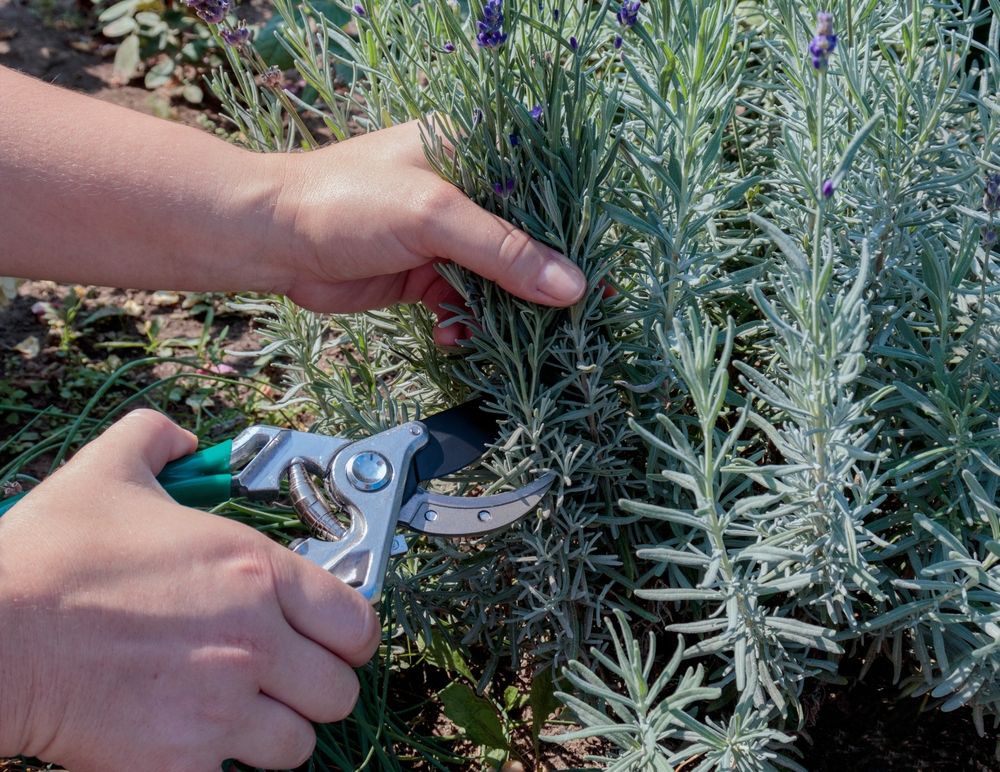Unlocking the Secrets of Growing Lavender from Cuttings
Growing lavender from cuttings is a popular method of propagation that offers numerous benefits, including cost-effectiveness and increased plant yield. With the right techniques, anyone can successfully propagate lavender plants, regardless of their gardening experience. The process of growing lavender from cuttings involves taking cuttings from a mature lavender plant, preparing them for planting, and providing the right conditions for root development and growth.
One of the most significant advantages of growing lavender from cuttings is the ability to produce multiple plants from a single parent plant. This method is particularly useful for gardeners who want to create a large number of lavender plants for ornamental or culinary purposes. Additionally, growing lavender from cuttings allows gardeners to reproduce their favorite varieties, ensuring a consistent supply of high-quality plants.
Before attempting to grow lavender from cuttings, it is essential to understand the basics of lavender plant biology. Lavender plants are Mediterranean natives that thrive in well-draining soil and full sun. They are relatively low-maintenance plants that require minimal care, making them an ideal choice for gardeners of all skill levels.
When it comes to growing lavender from cuttings, the key to success lies in providing the right conditions for root development and growth. This includes using well-draining soil, adequate sunlight, and proper watering techniques. By following these guidelines and using the right techniques, gardeners can successfully propagate lavender plants and enjoy the many benefits they have to offer.
For those wondering, “Can I grow lavender from cuttings?”, the answer is a resounding yes. With the right techniques and conditions, anyone can successfully propagate lavender plants from cuttings. Whether you’re a seasoned gardener or just starting out, growing lavender from cuttings is a great way to produce high-quality plants and enjoy the many benefits of lavender.
Choosing the Right Lavender Variety for Cutting Propagation
When it comes to growing lavender from cuttings, selecting the right variety is crucial for success. With over 40 species of lavender, each with its unique characteristics and growth habits, choosing the right one can be overwhelming. However, some varieties are better suited for cutting propagation than others.
English lavender (Lavandula angustifolia) is a popular choice for cutting propagation due to its compact growth habit and high yields. This variety is also known for its sweet fragrance and vibrant purple flowers, making it a favorite among gardeners and florists. French lavender (Lavandula stoechas) is another popular variety that can be propagated from cuttings. This variety is known for its distinctive “ears” or “wings” on the flower head and is often used in potpourri and crafts.
Spanish lavender (Lavandula stoechas subsp. pedunculata) is a lesser-known variety that is also suitable for cutting propagation. This variety is known for its tall, upright growth habit and vibrant purple flowers. It is also more tolerant of heat and drought than other varieties, making it an excellent choice for gardeners in warmer climates.
When selecting a parent plant for cutting propagation, look for healthy, vigorous plants with plenty of new growth. Avoid plants that are leggy or have signs of disease or pests. It’s also essential to choose a variety that is suitable for your climate and growing conditions.
For those wondering, “Can I grow lavender from cuttings?”, the answer is yes, but it’s essential to choose the right variety. By selecting a variety that is well-suited for cutting propagation, you can increase your chances of success and enjoy the many benefits of growing lavender from cuttings.
Preparing Lavender Cuttings for Planting
Preparing lavender cuttings for planting is a crucial step in the propagation process. To increase the chances of success, it’s essential to take healthy cuttings from the parent plant and prepare them properly for planting. Here’s a step-by-step guide on how to prepare lavender cuttings for planting:
Step 1: Take Cuttings from the Parent Plant
Take 3-4 inch stem cuttings from the current season’s growth, just above a node (where a leaf meets the stem). Use a sharp, clean knife or pruning tool to make a clean cut. Remove any weak or spindly growth, as this can reduce the chances of successful propagation.
Step 2: Remove Lower Leaves
Remove all lower leaves from the cutting, leaving only two or three sets of leaves at the top. This helps to prevent the cutting from drying out and reduces the risk of root rot.
Step 3: Dip the Cut Ends in Rooting Hormone
Dip the cut ends of the lavender cuttings in a rooting hormone powder or liquid. This helps to stimulate root growth and increase the chances of successful propagation.
Step 4: Prepare the Planting Medium
Prepare a well-draining planting medium, such as a mix of perlite and vermiculite. Moisten the medium with water, but make sure it’s not too wet or dry.
By following these steps, you can prepare your lavender cuttings for planting and increase the chances of successful propagation. Remember to plant the cuttings in a well-draining soil and provide adequate sunlight and water for optimal growth.
For those wondering, “Can I grow lavender from cuttings?”, the answer is yes, but it’s essential to prepare the cuttings properly for planting. By following these steps, you can increase the chances of successful propagation and enjoy the many benefits of growing lavender from cuttings.
How to Plant Lavender Cuttings for Optimal Growth
Planting lavender cuttings requires careful attention to detail to ensure optimal growth and root development. By following these best practices, you can give your lavender cuttings the best chance of success.
Soil Selection
Choose a well-draining soil that is rich in organic matter. Lavender prefers a slightly alkaline soil with a pH between 6.0 and 7.0. Avoid using regular potting soil, as it can retain too much water and cause root rot.
Planting Depth
Plant the lavender cuttings at the same depth as they were in the propagation tray. Make sure the node (where the leaf meets the stem) is buried in the soil, as this is where roots will develop.
Watering Techniques
Water the soil gently but thoroughly after planting. Make sure the soil is moist but not waterlogged, as this can cause root rot. Water the plants regularly, but avoid overwatering, which can lead to root rot and other problems.
Sunlight and Temperature
Lavender requires full sun to partial shade, depending on the variety. Make sure the plants receive at least 4-6 hours of direct sunlight per day. Lavender also prefers warm temperatures between 65-75°F (18-24°C), but can tolerate some frost.
By following these best practices, you can provide your lavender cuttings with the optimal conditions for growth and root development. Remember to monitor the plants regularly and adjust the care routine as needed.
For those wondering, “Can I grow lavender from cuttings?”, the answer is yes, but it’s essential to provide the right conditions for growth and root development. By following these best practices, you can increase the chances of successful propagation and enjoy the many benefits of growing lavender from cuttings.
Common Challenges and Solutions when Growing Lavender from Cuttings
While growing lavender from cuttings can be a rewarding experience, there are some common challenges that may arise. By being aware of these potential issues and knowing how to address them, you can increase the chances of successful propagation and enjoy the many benefits of growing lavender from cuttings.
Root Rot
Root rot is a common problem when growing lavender from cuttings. This can occur when the soil is too wet or waterlogged, causing the roots to rot. To prevent root rot, make sure the soil is well-draining and avoid overwatering. If you notice any signs of root rot, such as yellowing leaves or soft stems, remove the affected plant and treat the remaining plants with a fungicide.
Pests
Pests, such as aphids and whiteflies, can be a problem when growing lavender from cuttings. These pests can weaken the plants and reduce their chances of survival. To prevent pest infestations, use neem oil or insecticidal soap to control any infestations. Also, make sure to inspect the plants regularly and remove any infested plants to prevent the pests from spreading.
Diseases
Diseases, such as powdery mildew and leaf spot, can also be a problem when growing lavender from cuttings. These diseases can weaken the plants and reduce their chances of survival. To prevent diseases, make sure to provide good air circulation and avoid overhead watering. Also, use a fungicide to control any infestations.
By being aware of these common challenges and knowing how to address them, you can increase the chances of successful propagation and enjoy the many benefits of growing lavender from cuttings. Remember to monitor the plants regularly and take action quickly if you notice any signs of problems.
For those wondering, “Can I grow lavender from cuttings?”, the answer is yes, but it’s essential to be aware of the potential challenges and know how to address them. By following these tips and taking the necessary precautions, you can successfully propagate lavender plants and enjoy the many benefits of growing lavender from cuttings.
Encouraging Root Development and Plant Establishment
Once lavender cuttings are planted, it’s essential to provide optimal conditions for root development and plant establishment. This critical phase requires careful attention to ensure the new plants receive the necessary nutrients, water, and light to thrive. To encourage root growth, maintain a consistent temperature between 65°F to 75°F (18°C to 24°C) and ensure the soil remains moist but not waterlogged.
Monitor the cuttings’ progress by checking for signs of root development, such as the appearance of new leaves or a slight resistance when gently tugging on the cutting. This usually occurs within 2-4 weeks after planting. During this period, avoid overwatering, which can lead to root rot and poor establishment. Instead, water the cuttings when the top inch of soil feels dry to the touch.
As the new plants grow, provide them with adequate sunlight, ideally 4-6 hours of direct sunlight per day. This will help promote healthy growth and prevent legginess. Fertilize the plants with a balanced, water-soluble fertilizer at half the recommended strength to avoid burning the roots.
After 6-8 weeks, once the new plants have developed a robust root system and are growing vigorously, they can be transplanted into larger pots or directly into the garden. Harden off the plants by gradually exposing them to outdoor conditions over the course of 7-10 days to prevent shock. When transplanting, handle the roots with care, and avoid disturbing the soil around the roots to minimize stress.
By following these guidelines, gardeners can successfully establish lavender plants from cuttings, enjoying the many benefits of this propagation method. With proper care and attention, these new plants will thrive, providing a bountiful harvest of fragrant flowers and foliage for years to come. Whether you’re a seasoned gardener or just starting out, growing lavender from cuttings can be a rewarding experience, and with the right techniques, anyone can achieve success.
Comparing Lavender Cutting Propagation to Other Methods
When it comes to propagating lavender plants, gardeners have several options to choose from, including seed propagation, division, and cutting propagation. While each method has its advantages and disadvantages, cutting propagation is often considered the most effective and efficient way to grow new lavender plants. But how does it compare to other methods?
Seed propagation, for example, can be a cost-effective way to grow new lavender plants, but it can be a slower process and may not produce plants that are true to the parent plant‘s variety. Division, on the other hand, involves separating established plants into smaller sections, which can be a more labor-intensive process. Additionally, division may not always result in healthy, vigorous plants.
Cutting propagation, however, offers several advantages over these methods. For one, it allows gardeners to produce new plants that are genetically identical to the parent plant, ensuring consistent quality and characteristics. Cutting propagation also tends to be faster than seed propagation, with new plants typically ready to transplant within 6-8 weeks. Furthermore, cutting propagation gives gardeners greater control over the growing conditions and can result in healthier, more robust plants.
Another benefit of cutting propagation is that it can be done at any time of the year, as long as the parent plant is healthy and vigorous. This makes it an ideal method for gardeners who want to propagate lavender plants outside of the traditional growing season. Additionally, cutting propagation can be used to propagate a wide range of lavender varieties, including English lavender, French lavender, and Spanish lavender.
So, can you grow lavender from cuttings? Absolutely With the right techniques and conditions, gardeners can successfully propagate lavender plants from cuttings, enjoying the many benefits of this method. Whether you’re a seasoned gardener or just starting out, cutting propagation is definitely worth considering for your lavender plant propagation needs.
Conclusion: Successfully Growing Lavender from Cuttings
With the right techniques and conditions, anyone can successfully propagate lavender plants from cuttings. By following the steps outlined in this article, gardeners can enjoy the many benefits of growing lavender from cuttings, including cost-effectiveness, increased plant yield, and greater control over plant quality.
Remember, the key to successful lavender propagation is to provide optimal conditions for root development and plant establishment. This includes using well-draining soil, adequate sunlight, and proper watering techniques. Additionally, monitoring progress and addressing common challenges can help ensure the success of your lavender propagation efforts.
So, can you grow lavender from cuttings? Absolutely With patience, attention to detail, and the right techniques, gardeners can successfully propagate lavender plants from cuttings and enjoy the many rewards of growing these beautiful and fragrant plants.
In conclusion, growing lavender from cuttings is a rewarding and cost-effective way to propagate these popular plants. By following the tips and techniques outlined in this article, gardeners can enjoy the many benefits of lavender propagation and add these beautiful plants to their gardens with ease.
Whether you’re a seasoned gardener or just starting out, growing lavender from cuttings is a great way to expand your plant collection and enjoy the many benefits of these fragrant and beautiful plants. So why not give it a try? With the right techniques and conditions, you can successfully propagate lavender plants from cuttings and enjoy the rewards of growing these amazing plants.








